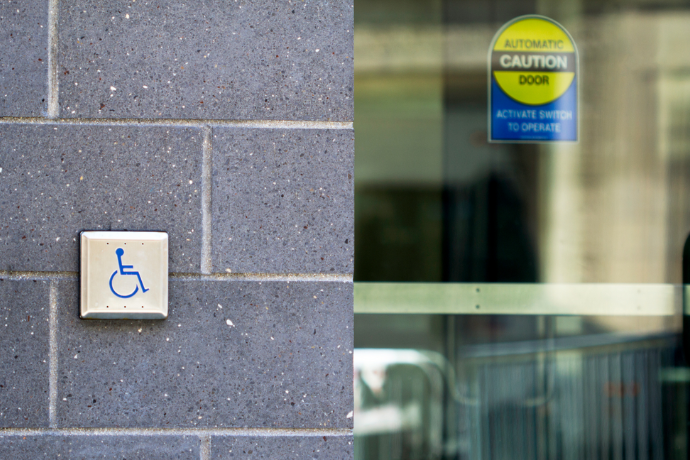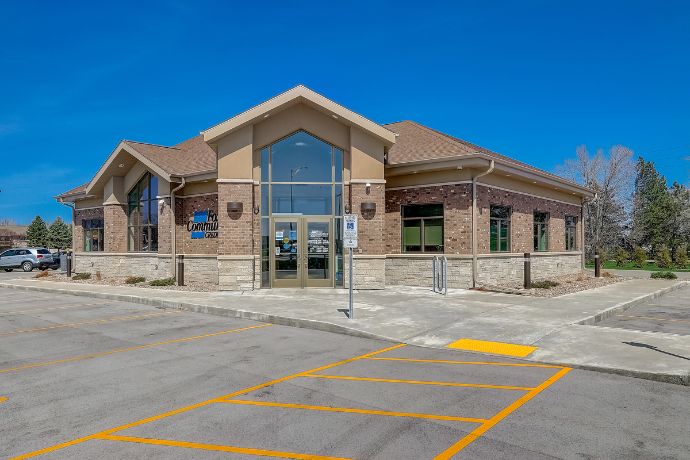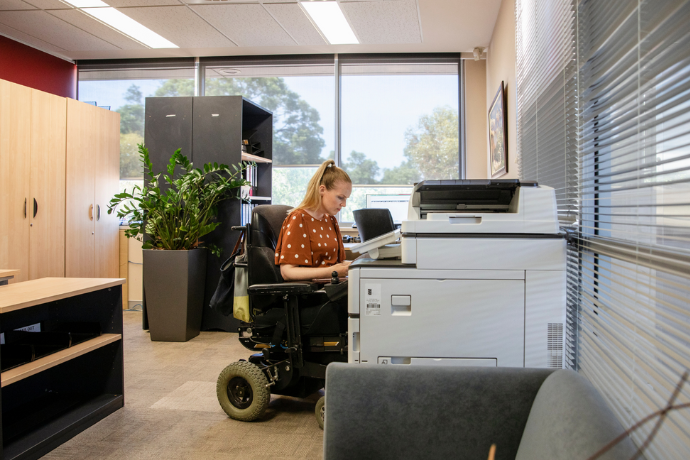September 19, 2023
Imagine a world where everyone, regardless of their abilities, can navigate public areas, interact with technology, and engage in activities without barriers. That's the world we should strive to create– a world that celebrates diversity and empowers every individual. By designing with accessibility at the forefront, we bridge gaps, foster understanding, and lay the foundation for a more equitable society.
It's not just about ramps and buttons; it's about building a future where everyone has equal access, and that's a future worth passionately working towards. By understanding accessibility, complying with standards, and embracing universal design principles, we can construct spaces that cater to everyone's needs.
Understanding Accessibility
Accessibility refers to the ease of use and availability of spaces, products, and services for individuals with disabilities. Disabilities can be physical, sensory, cognitive, or a combination of these. Designing with accessibility in mind means creating environments that accommodate various abilities and ensure that everyone can interact with and navigate the space comfortably.
Compliance with Accessibility Standards

Adhering to accessibility standards is a critical step in creating truly inclusive commercial spaces. Regulations like the Americans with Disabilities Act (ADA) in the United States provide guidelines for designing accessible spaces. These standards cover a range of aspects, including entrance and exit options, interior layouts, bathrooms, visual and auditory elements, and more.
Universal Design
A key principle to consider when designing for accessibility is universal design. Universal design emphasizes creating environments that are usable by people of all ages and abilities without the need for specialized adaptations. This approach goes beyond compliance and focuses on intuitive design that benefits everyone, not just those with disabilities.
Accessible Entrances and Exits

The entrance and exit points of a commercial space play a huge role in ensuring accessibility. It’s one of the most important parts of making a commercial space more accessible. Ramp installations alongside stairs, automatic doors, and clear signage help individuals using mobility aids like wheelchairs or walkers to enter and exit with ease. These simple modifications can greatly enhance the experience for people with limited mobility.
Interior Accessibility

Inside the space, factors like the arrangement of furniture, pathways, and aisle widths impact accessibility. Adequate spacing between furniture and clutter-free walkways helps individuals who use mobility devices move around comfortably. To take it one step further, choosing low-pile carpets or smooth flooring materials helps reduce resistance for wheelchairs and walkers.
Bathroom Accessibility
Accessible bathrooms are a fundamental aspect of inclusive design. Installing grab bars, accessible sinks, and toilets with appropriate clearance space are key considerations. Accessible stalls should be spacious enough to accommodate mobility devices and provide proper support for transferring from a wheelchair to the toilet.
Visual and Auditory Accessibility

Visual and auditory elements in commercial spaces also require attention. Incorporating clear and concise signage with high-contrast colors assists individuals with visual impairments. Integrating auditory cues such as announcements or alarms with both sound and visual indicators can enhance communication for those with hearing impairments. You’ll also want to be cognizant of how loud or how quiet various noises in the space are, so as not to overwhelm or deter guests. This depends largely on the function of your space.
Adaptive Technology

Advancements in technology have opened new avenues for accessibility. Businesses can incorporate adaptive technologies like screen readers, text-to-speech software, and voice-activated controls to provide alternative ways of interacting with digital interfaces. These technologies empower individuals with various disabilities to engage with the space. Which technologies you employ will depend again on the functions of your space.
Promoting Awareness

Creating accessible spaces isn't just about physical modifications; it's also about fostering awareness and empathy. Training staff members to be sensitive to the needs of customers with disabilities builds a welcoming environment for everyone. You can even organize awareness campaigns and share information about the features of the space to help reduce stigmas and misconceptions.
Designing commercial spaces with accessibility in mind is a responsibility that benefits society as a whole. By complying with accessibility standards, we can create environments that not only accommodate diverse abilities but also make all people feel welcome.
Promoting awareness educates individuals while also creating a culture of inclusivity. As we move forward, let us prioritize accessibility in commercial design to ensure that everyone can enjoy the benefits of public spaces without limitations.
Message or call our experts at 920-347-5830 with any questions about hiring professionals for commercial space renovation or building according to accessibility laws!



